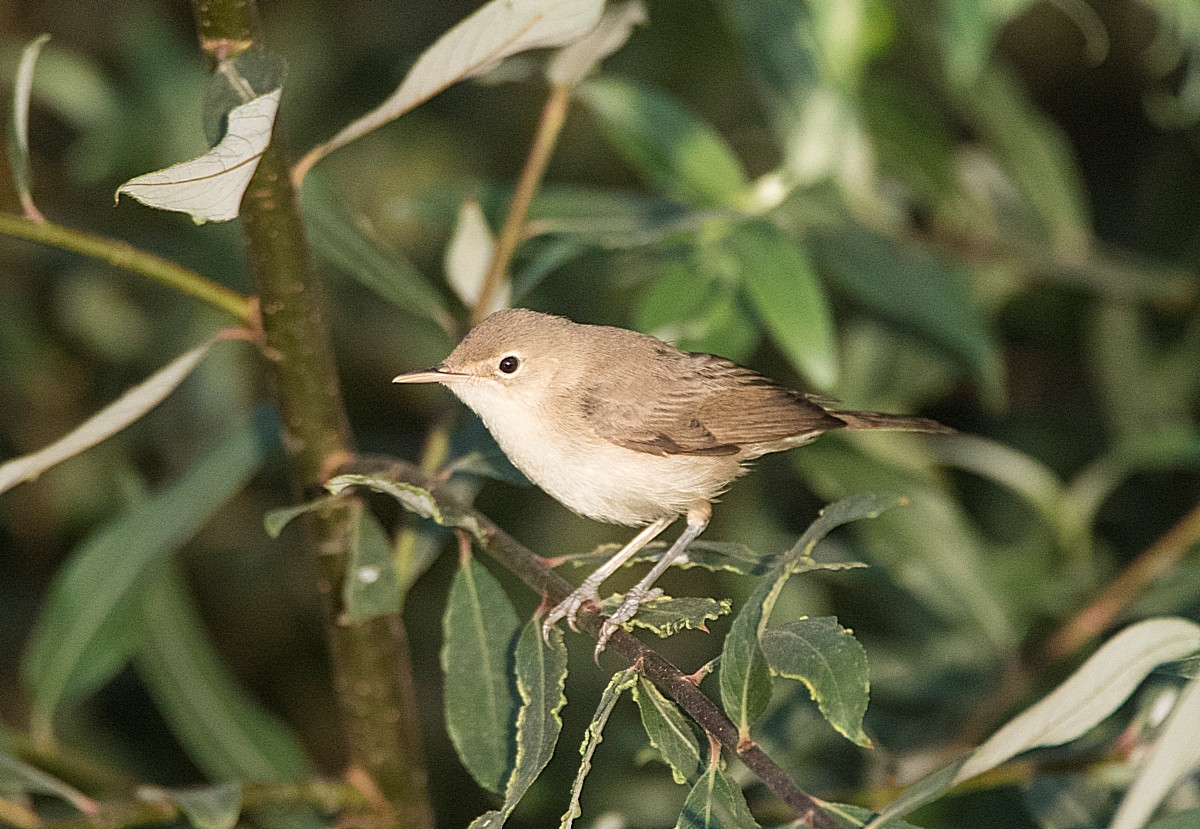Beschreibung
Lagunas de la Universidad Pablo de Olavide is a wetland where two lagoons are the main attraction. You can observe bird species such as Purpurreiher, Isabellspötter or Purpurhuhn (the latter also breeds in the area). In addition, thanks to the proximity of the Guadaíra River it is possible to observe Fischadler.
The surrounding university terrain is quite large and offers a good variety of habitats, for example there are areas of pine forest or eucalyptus forest (where Gelbbrauen-Laubsänger has recently been seen), areas of open fields or with scattered trees (Steinkauz andRötelschwalbe) and of course built-up areas. This allows a good variety of species to be seen, especially during migrations when birds like Bienenfresser, Berglaubsänger, Iberienzilpzalp, Schilfrohrsänger or Baumpieper have been observed.
________________________
Espagnol: Es un conjunto de dos lagunas con varios observatorios para observar aves y un pequeño sendero que las rodea. Las lagunas son el atractivo principal y en ellas podemos observar especies como Purpurreiher , Isabellspötter o Purpurhuhn (este último se repoduce ahí también). Además, gracias a la cercanía del Río Guadaíra es posible observar Fischadler.
Por otro lado, la universidad es bastante grande y ofrece una buena variedad de hábitats por ejemplo hay zonas de pinar o de eucaliptal (donde recientemente se ha visto Gelbbrauen-Laubsänger ), zonas de campo abierto o con arbolado disperso (donde hay Steinkauz o Rötelschwalbe ) y por supuesto zonas edificadas. Esto permite que se puedan ver una buena variedad de especies, especialmente durante las migraciones donde se han observado algunas como Bienenfresser , Berglaubsänger , Iberienzilpzalp, Schilfrohrsänger o Baumpieper.
Details
Zugang
Lagunas de la Universidad Pablo de Olavide is located on the southeastern outskirts of Seville. As it is a university, it is very well connected. You can get there by metro (the Pablo de Olavide stop) and by bus if you come from Seville thanks to line 38, however, other buses from various towns and Dos Hermanas also stop there. By car, press a P on the map for directions to a parking spot, since the route can vary depending on where you come from and the university also has two different entrances. Finally, you can also get there on foot or by bicycle from Seville.
I would not recommend walking from Seville, since you cross unsafe areas and when going to see birds, you often carry expensive equipment and it can be the object of theft (it is my personal opinion, everyone is free to do what they want).
________________________
Espagnol: Al ser una Universidad se encuentra muy bien comunicada. Puedes llegar gracias al metro (es la parada Pablo de Olavide) y en autobús si vienes desde Sevilla capital gracias a la línea 38 , sin embargo, otros autobuses de diversos pueblos y Dos Hermanas también paran allí. En coche lo ideal es introducirlo en Google Maps, pues la ruta puede variar según de donde vengas y además la universidad tiene dos entradas diferentes. Por último, también se puede llegar peatonalmente o en bicicleta desde Sevilla capital (cruzando los jardines del Guadaíra) o desde Montequinto por el puente que cruza el canal de los presos.
Yo no recomendaría ir andando desde Sevilla capital, pues se cruzan por zonas poco seguras y al ir a ver a pájaros muchas veces llevamos equipos caros y pueden ser objeto de robos (es mi opinión personal, cada uno es libre de hacer lo que quiera).
Terrain und Habitat
Wald , See , Ebene , Landwirtschaft , Stadt/Dorf , Park , Vereinzelte Bäume und Büsche , TeichBedingungen
FlachRundweg
JaIst ein Spektiv nützlich?
NeinGute Beobachtungszeit
GanzjährigBeste Beobachtungszeit
Frühjahr , Frühjahrszug , Herbst , HerbstzugRoute
asphaltierte Straße , unbefestigte Straße , Normaler Weg , Schmaler PfadSchwierigkeitsgrad der Tour
EinfachErreichbarkeit
zu Fuß , Fahrrad , RollstuhlBeobachtungshütten oder -türme
JaZusätzliche Informationen
It is a university, so you have to take into account that there may often be students or workers in the areas where you watch birds if you go on work days or hours. Every year they organize an activity called BioBlitz in which they try to observe the largest number of animal species in a single day, it is very entertaining.
________________________
Espagnol: Es una Universidad, así que hay que tener en cuenta que muchas veces puede haber alumnos o trabajadores en las zonas en las que intentamos ver aves si vamos en días u horarios laborales. Todos los años organizan una actividad llamada BioBlitz en la cual se intenta observar el mayor número de especies animales en un solo día, es muy entretenida.




